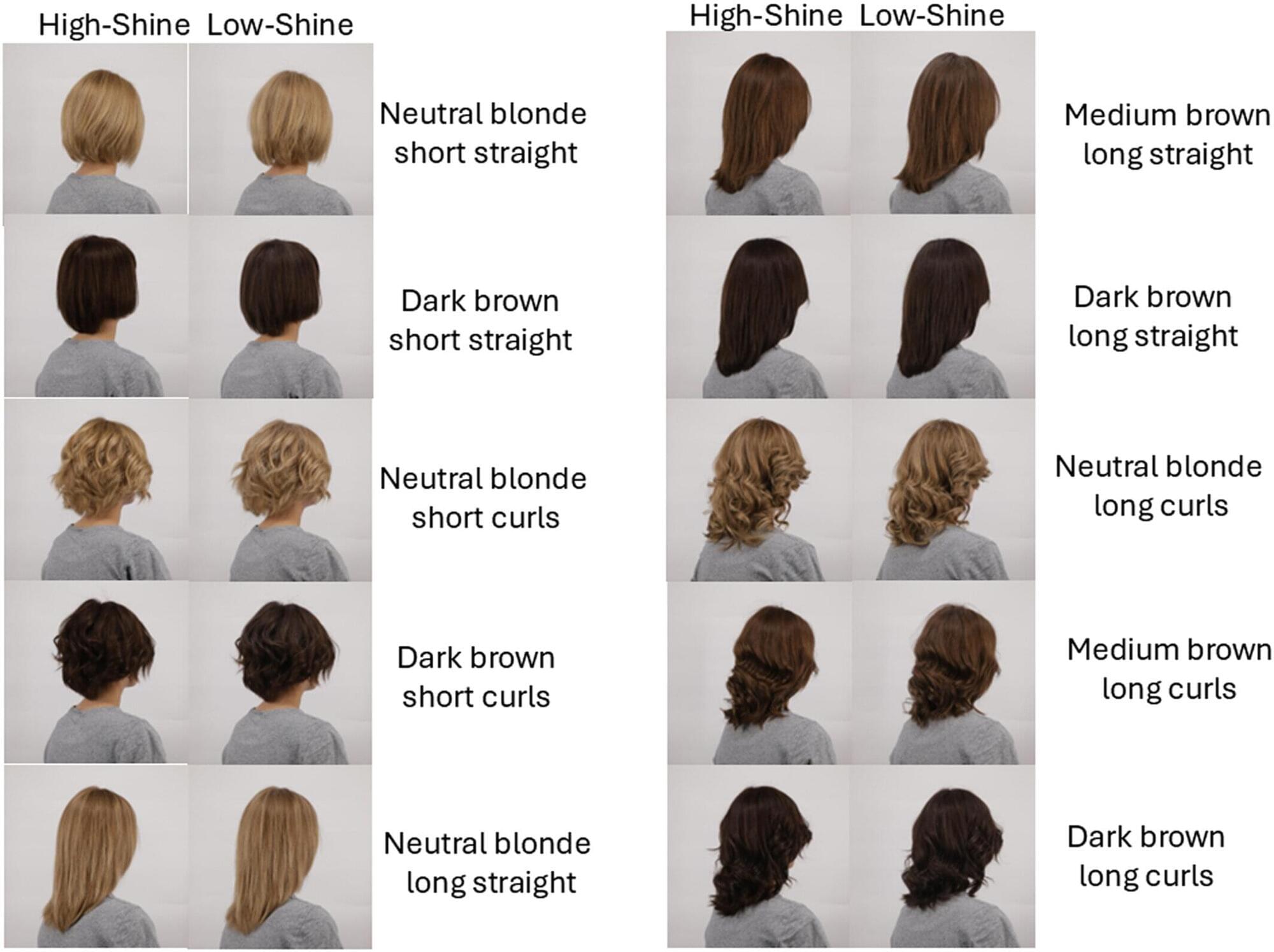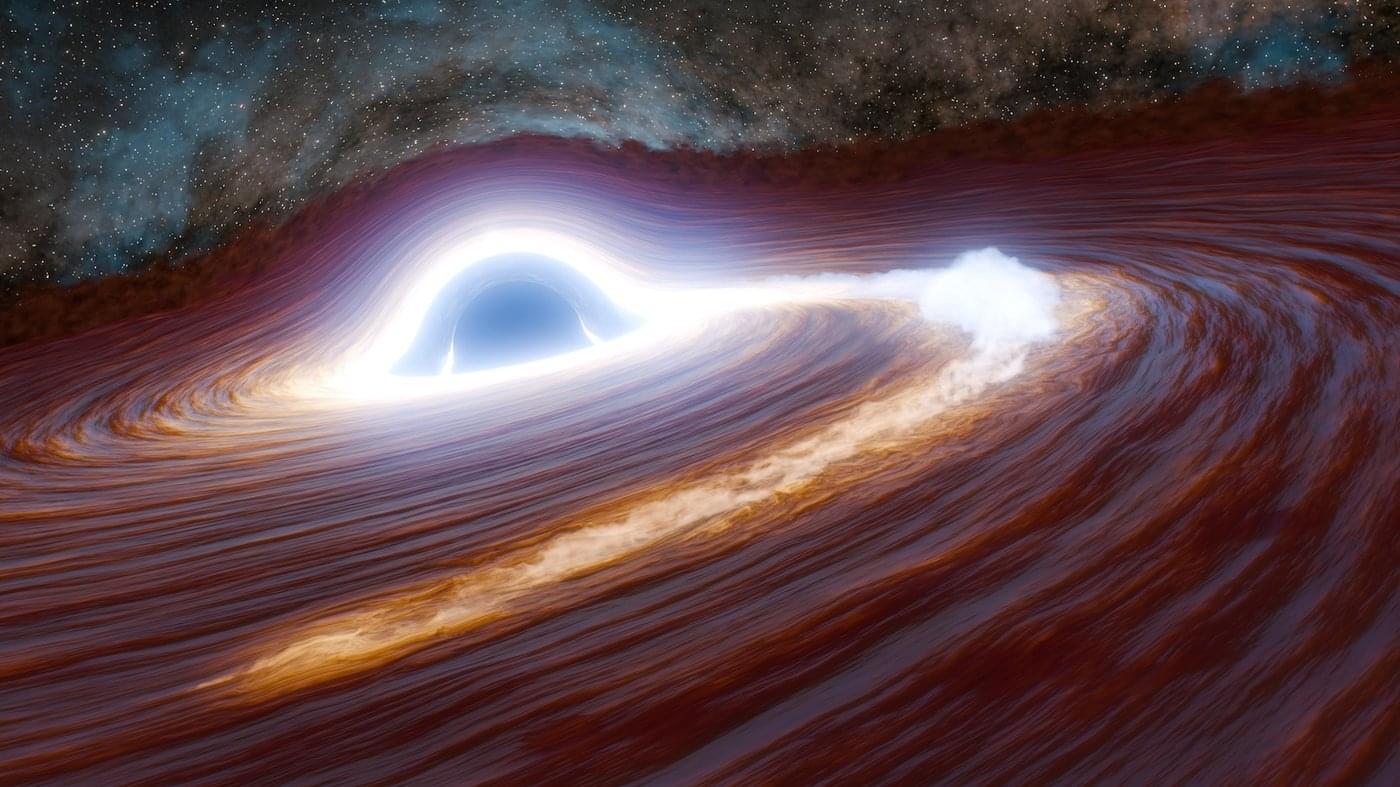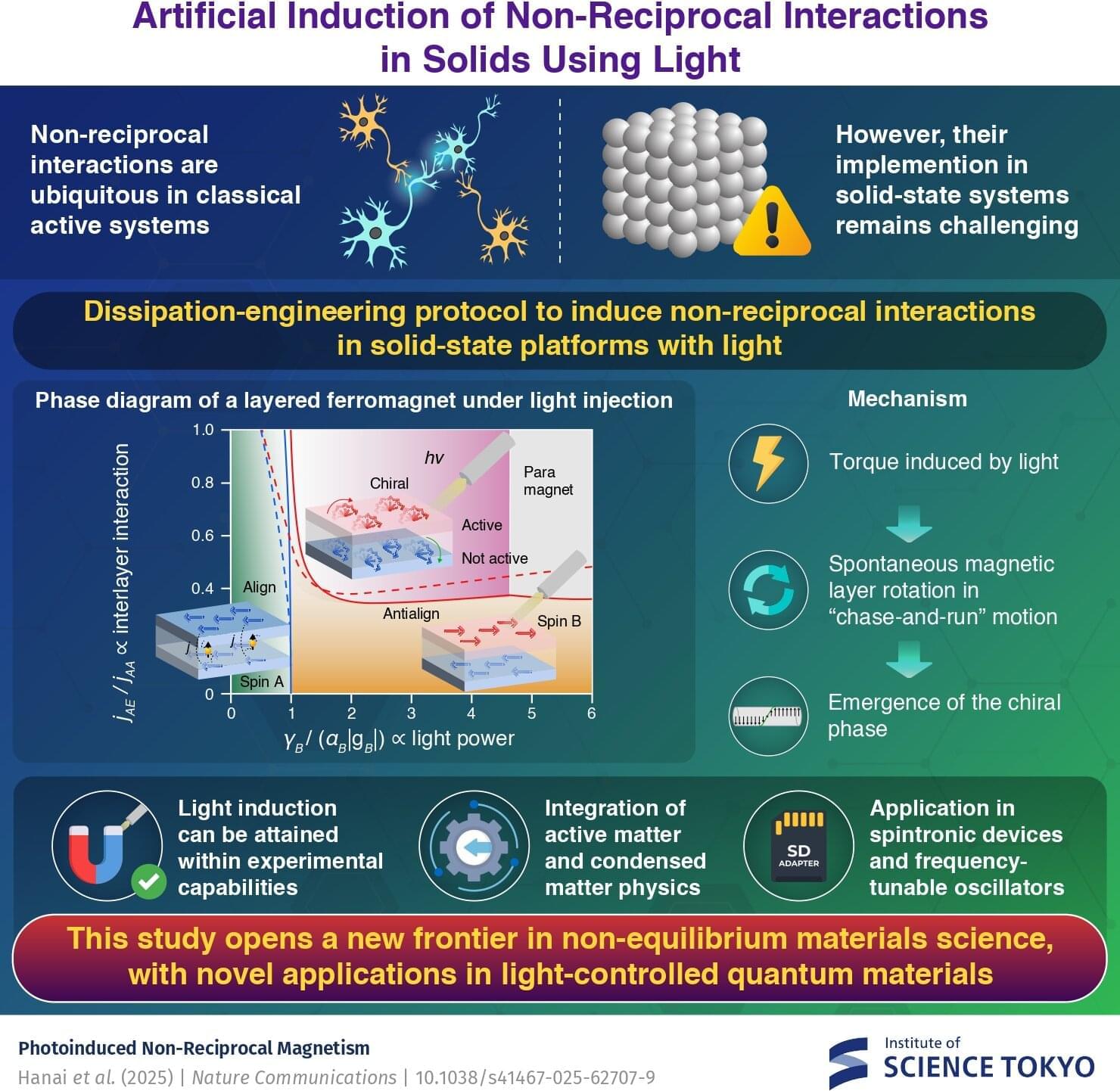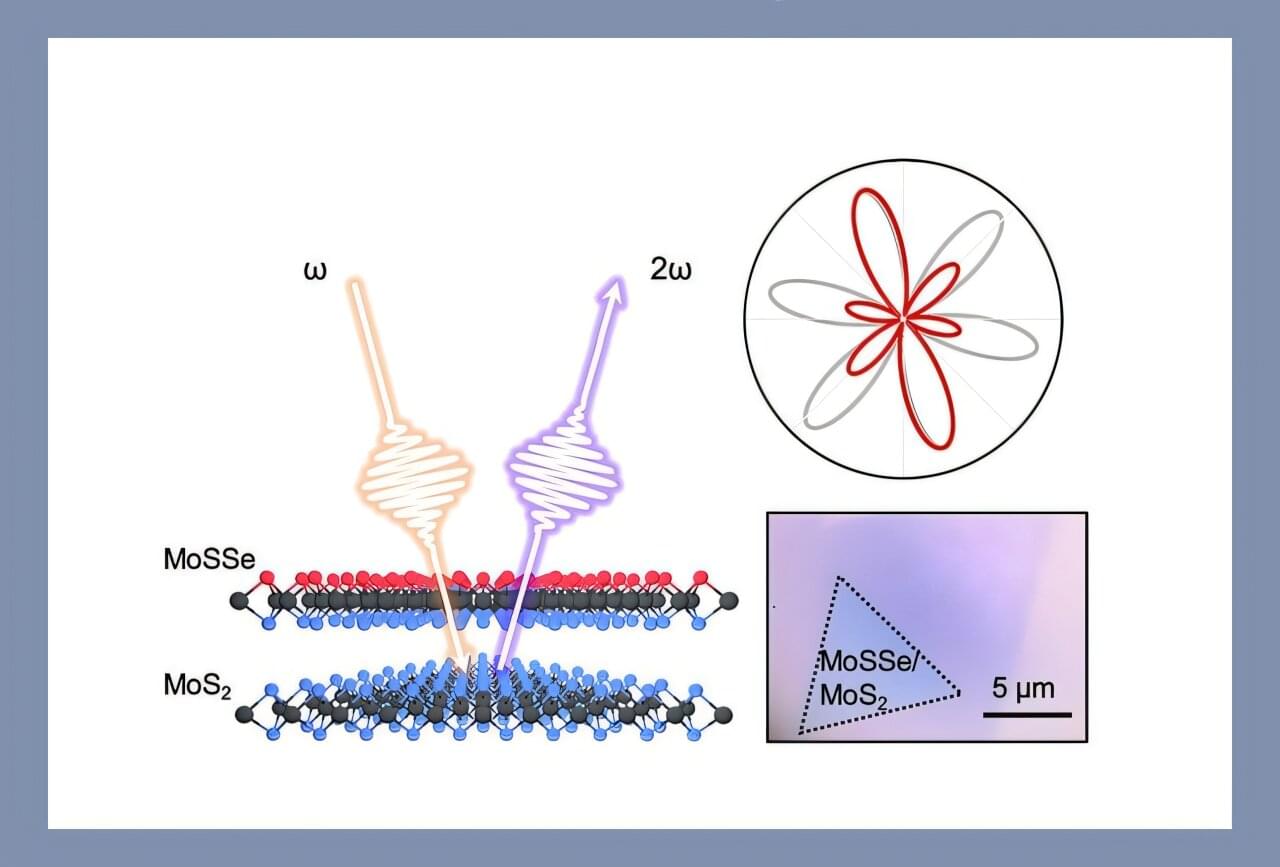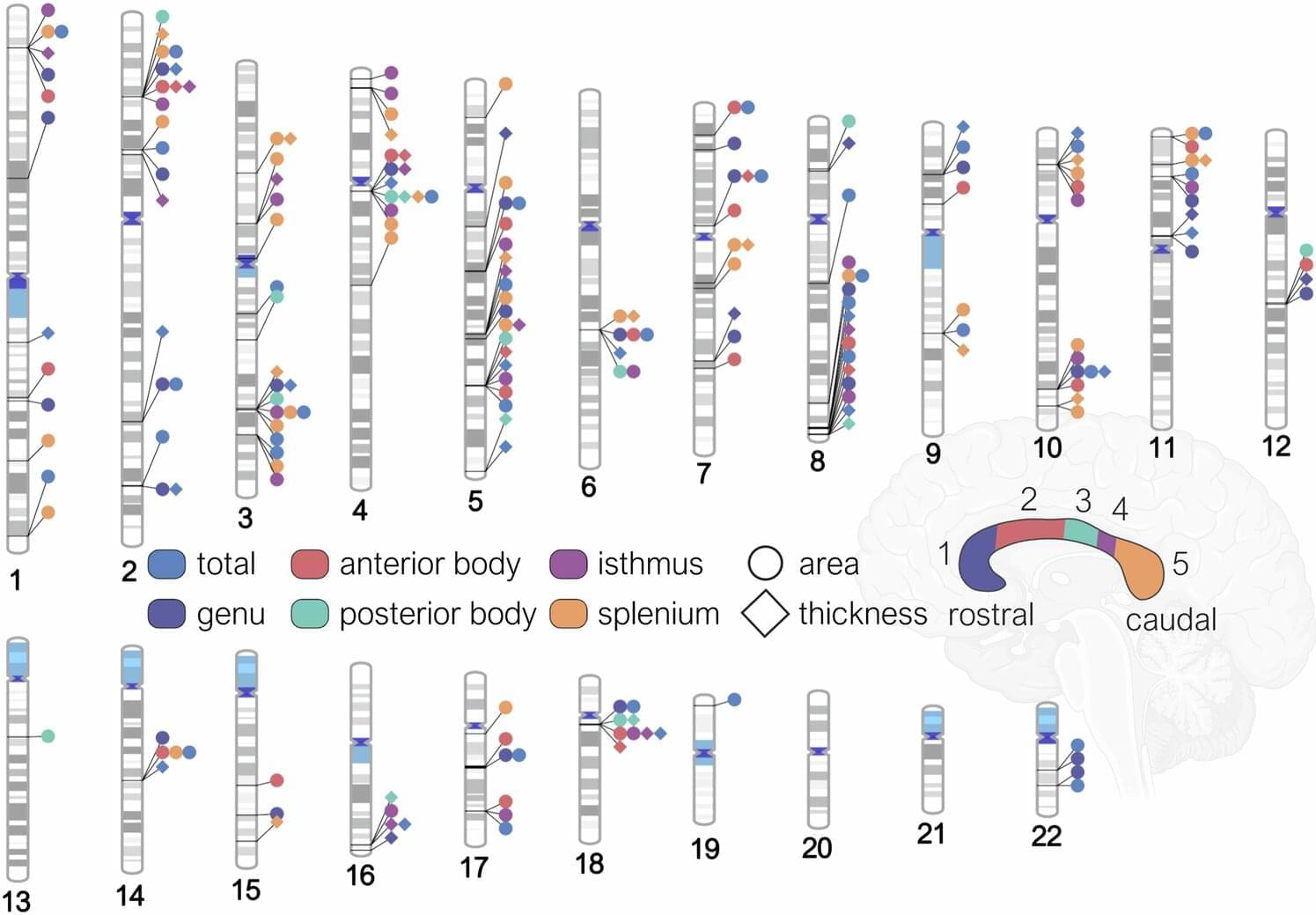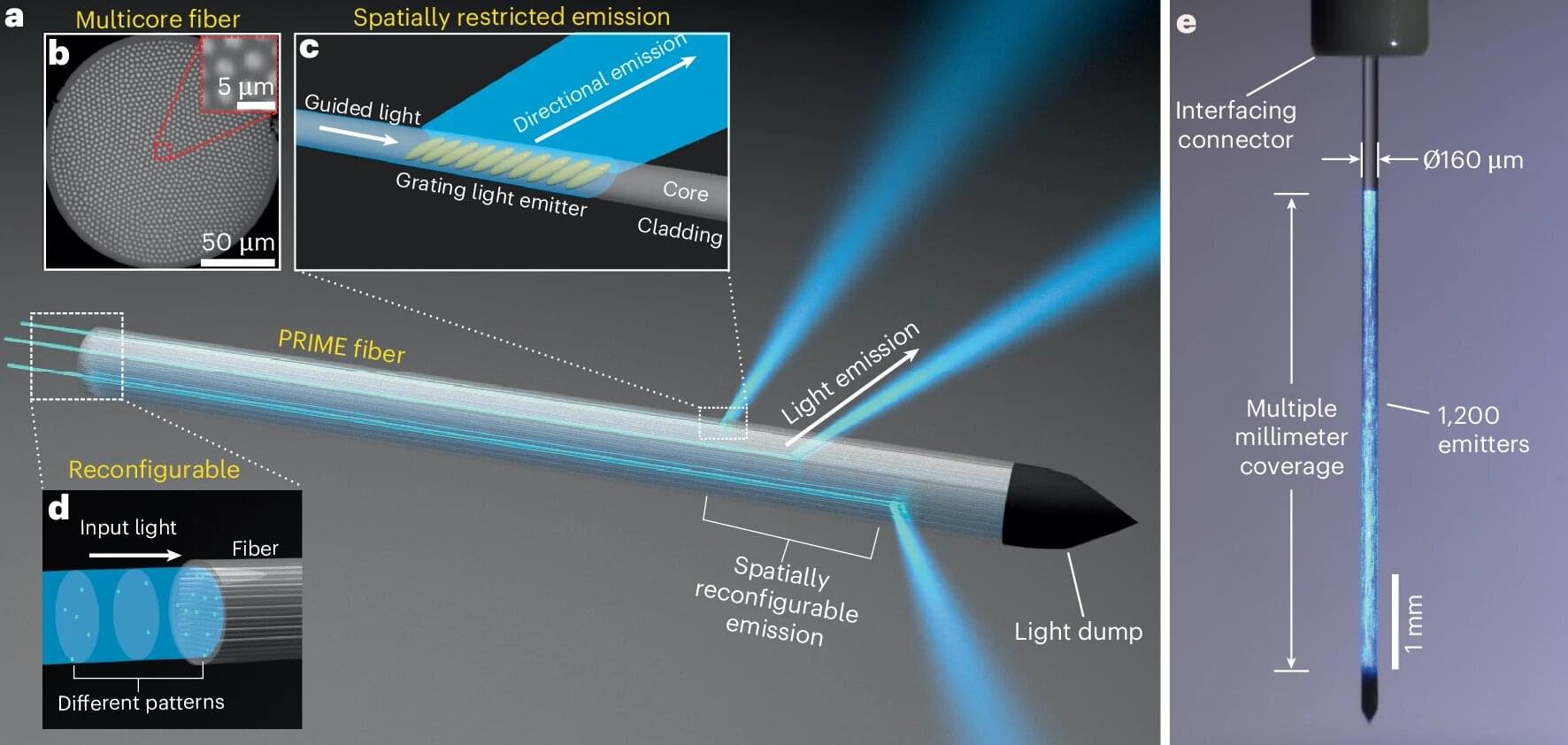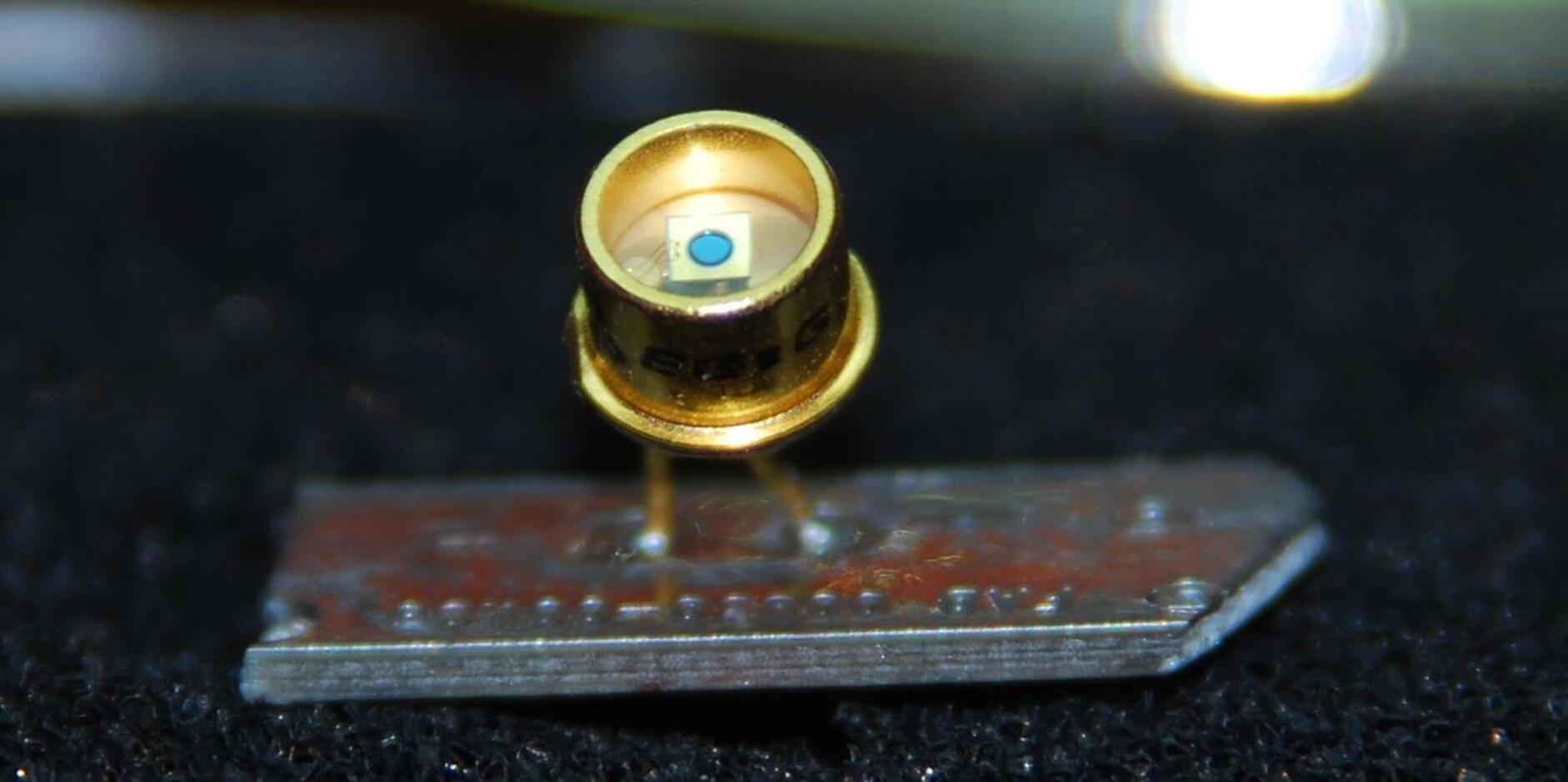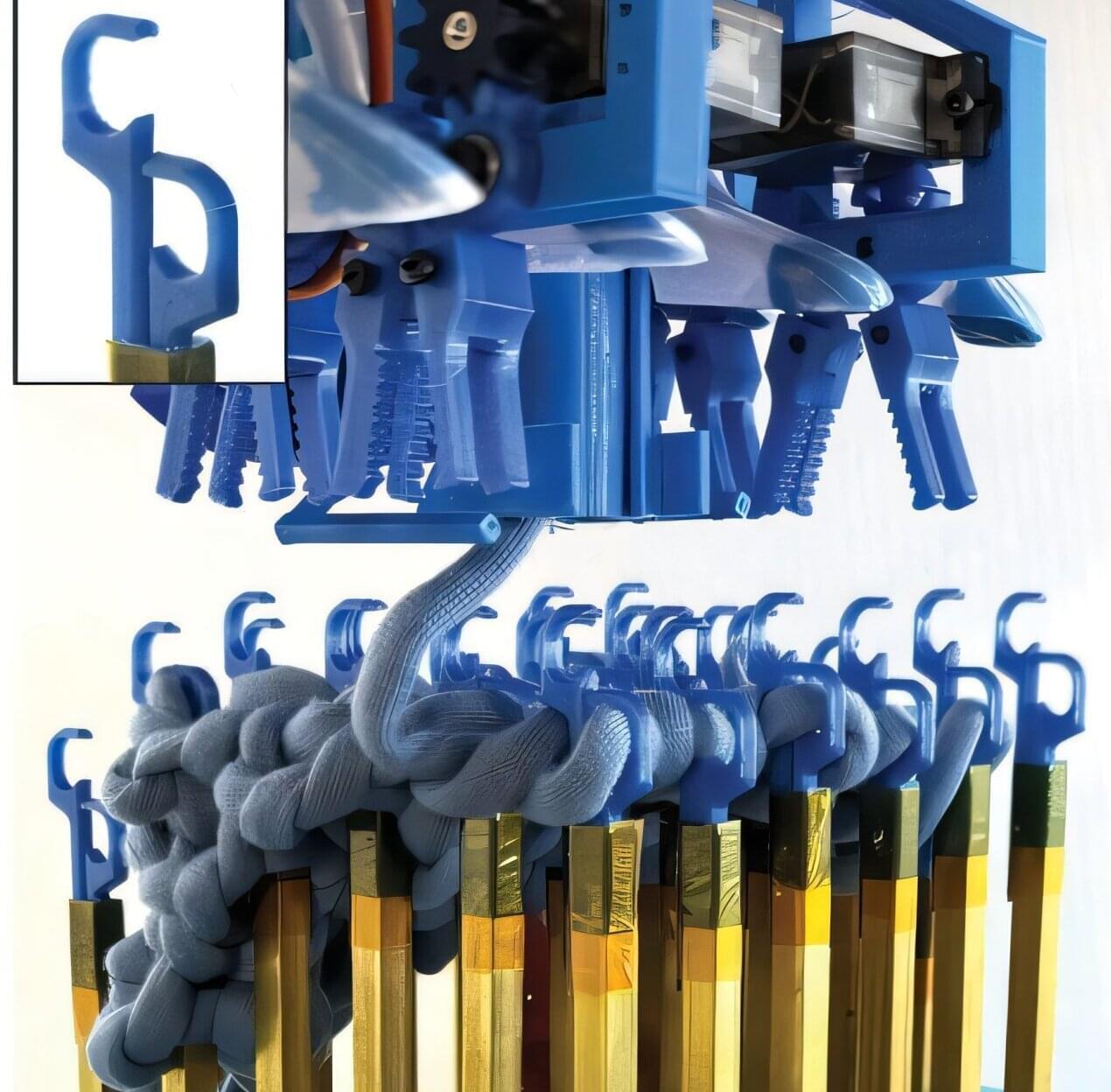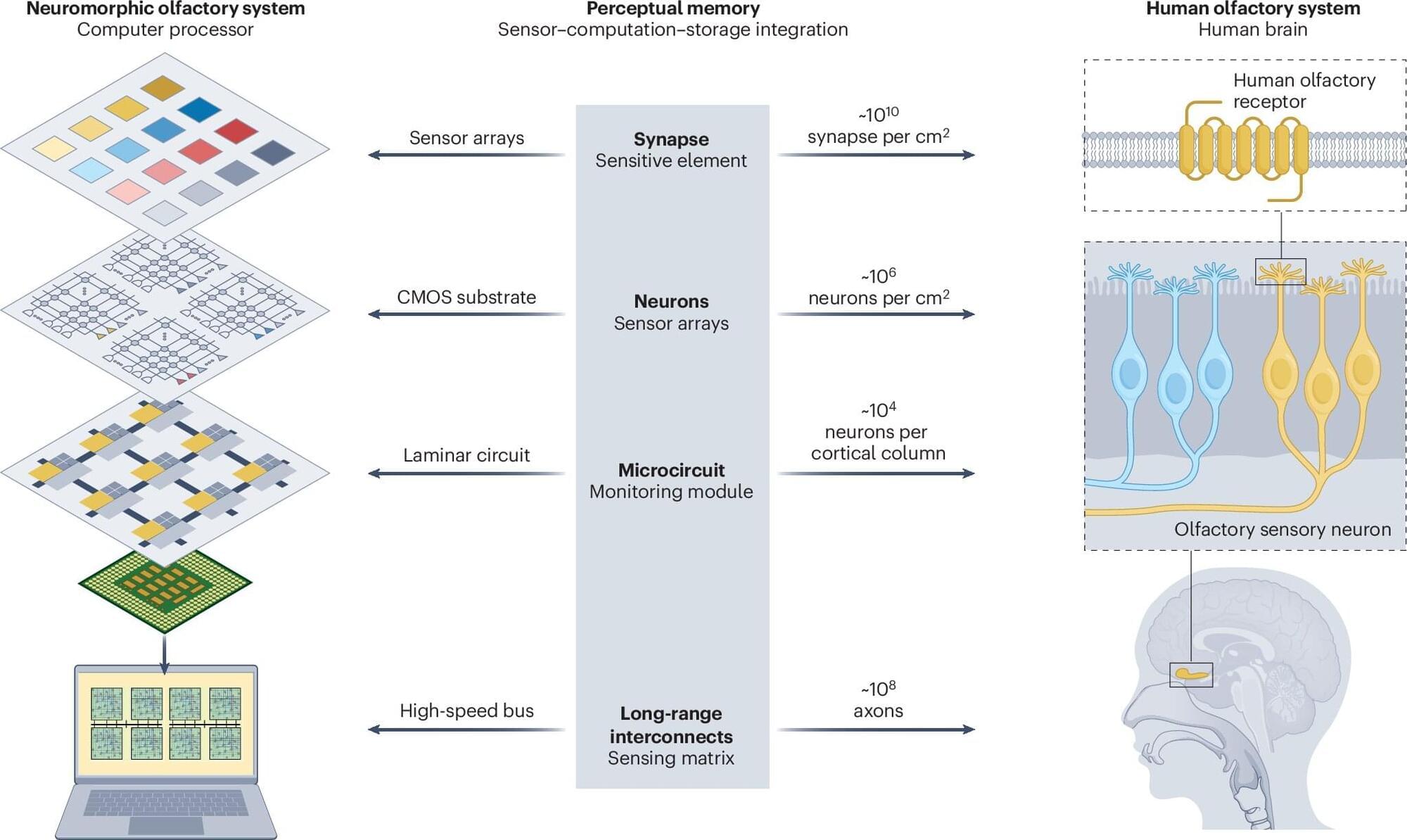Straight-aligned hair paired with higher shine evokes the appearance of greater youth, health, and attractiveness, according to researchers at The Procter & Gamble Company, which owns several brands of hair care products, including ones designed to make hair shinier.
Studies on appearance often center on facial shape and skin condition. Previous studies also note that skin topography and coloration can influence judgments of age, health, and attractiveness across populations. Facial studies often remove hair cues to avoid biasing feature focused framing of perception.
Hair holds social cues that observers can read quickly. Work with computer-rendered hair has tied diameter, density, style, and color to shifts in perceived age, health, and attractiveness, and some studies previously associated healthier-looking hair with the appearance of better reproductive health.
